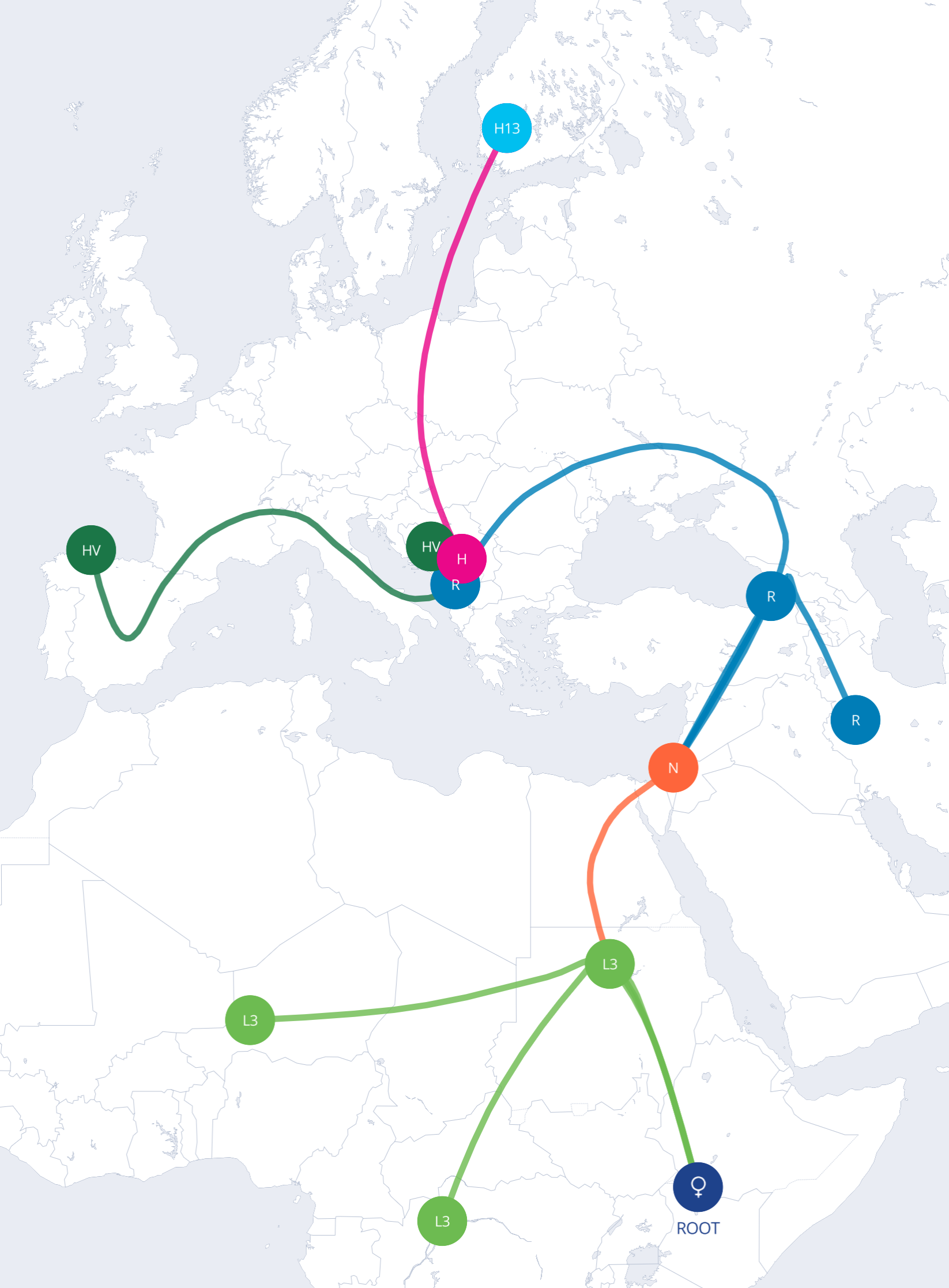
In This Article
In This Article
You open your DNA results and see a stranger who shares “about 25%” of your DNA. Your heart races—is this finally the half-sibling you wondered about? Before you reach out, it helps to know how these numbers are calculated, how reliable they are, and what next steps feel safe for everyone involved.

Understanding Half-Sibling Relationships
Half-siblings share one biological parent. Because each child gets 50% of their DNA from each parent, half-siblings typically overlap by roughly one-quarter of their total DNA.
Full siblings resemble two overlapping Venn circles; half of their genetic material comes from Mom and half from Dad, creating about 50% shared DNA. Half-siblings overlap on just one circle, so the shared slice shrinks to around 25%. The exact number can rise or fall a bit because DNA is shuffled randomly each generation.
Modern autosomal DNA tests scan hundreds of thousands of markers. Labs add up the matching pieces, measured in centimorgans (cM), to predict relationships.
Half-siblings usually share 1 160–2 436 cM. Full siblings sit higher (1 613–3 488 cM), and first-cousin or aunt-niece matches sit lower (500–1 400 cM). Companies flag any match in the half-sibling window as “close family,” then compare the pattern of segments for confirmation. When at least 40 markers are tested and a parent’s DNA is included, accuracy climbs above 90%. Numbers near the edges of these ranges need extra checks such as chromosome-map review or X-chromosome comparison for two sisters who may share a father.
Know Your DNA Reviews

Don't miss out on the opportunity to learn more about yourself. Read our best DNA test page to find the best one for you.
Your saliva or cheek-swab sample is broken into digital code. An algorithm looks for long stretches where every genetic “letter” lines up.
| Relationship | Average shared DNA | Key visual feature | Quick tip to confirm |
| Full siblings | ~2 600 cM | Many FIRs across 25% of chromosomes | Parent sample optional |
| Half-siblings | ~1 750 cM | No long FIRs; sister pair may share one full X | Check shared-matches list |
| Aunt/niece | ~1 750 cM | Uneven segment sizes | Age gap and tree context help |
Courts often accept accredited sibling tests for inheritance, immigration, or medical-benefit cases when parent DNA is unavailable. A judge may order testing or draw negative conclusions if someone refuses a reasonable request.
Discovering a half-sibling can feel like reading a surprise chapter in your own biography. Initial reactions range from joy to anger or confusion. Psychologists suggest pausing before acting: journal your feelings, talk with a counselor, or confide in a trusted friend. This breathing room prevents rash emails that might overwhelm the other person or yourself.
Once the evidence looks solid, you choose the pace of contact.
Treat the situation like meeting a distant cousin with potential for more. Respect privacy, ask open-ended questions, and remember that both of you are processing family news in real time. Some pairs become lifelong friends; others stay cordial acquaintances. Either outcome is valid.
Know Your DNA Reviews

Looking for a DNA test that's accurate and can tell you about your health and heritage?
